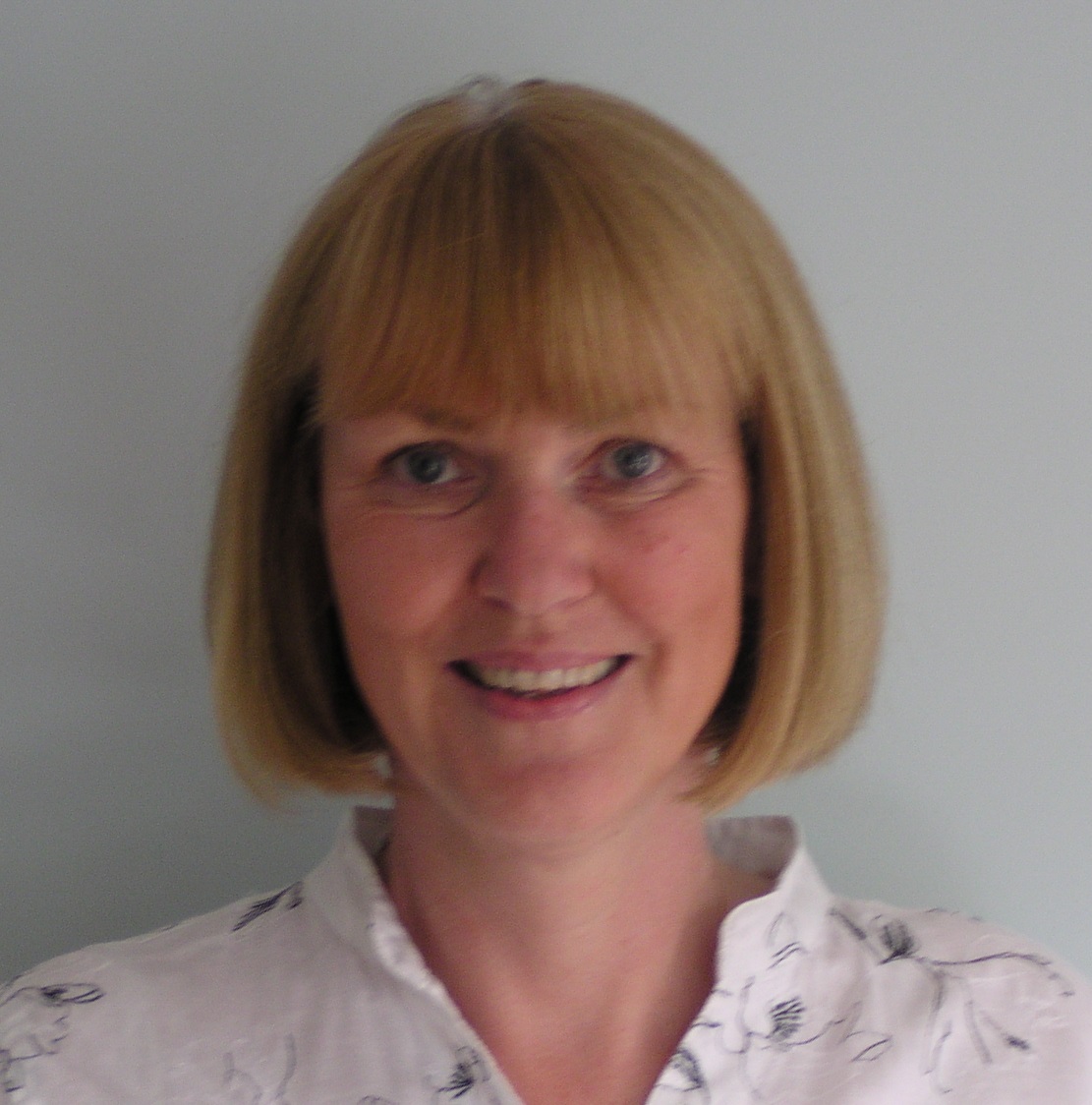24 OCTOBER 2018
Teaching circles – which method is most efficient?

The Cambridge International AS & A Level Mathematics syllabus has changed. You may be about to teach one of the new topics in the Pure 1 module - equation of a circle.
Learners need to develop an appreciation that there often is more than one way of solving a circle problem. They should be given the opportunity to reflect on where and when connections between mathematical ideas can be made and whether there are more efficient approaches in some situations.
Where can we help?
Cambridge International AS & A level Mathematics: Pure Mathematics 1 coursebook uses an Explore activity to introduce the completed square form of a circle. Students are encouraged to use graphing software to plot various circles and to discover for themselves how to recognise where the centre of the circle is and its radius from the given written equation. Once they have gained this knowledge, they should be ready to tackle the card matching activity where they need to match an equation card with the card that describes the circle.
For example:
Click here to download the card activity. Encourage your students to work in small groups so that they have to discuss and justify their reasoning. Additional circle activities can also be found in the teacher’s resource.
There is an excellent resource on the Underground Mathematics website called Finding Circles. This resource encourages students to consider how many points are required to define a circle. Whether working through circles or a different topic, you will find Underground Mathematics resources linked throughout our new books. This popular resource-rich website is created by mathematics experts from the University of Cambridge to enable students to explore the connections that underpin mathematics.
Try the circle activity below with your students. The aim of this PowerPoint activity is to encourage students to try different methods, compare them and reflect on which they found more efficient. The PowerPoint also encourages students to do independent research beyond the confines of the syllabus.
If you already have our coursebook, a suitable place for tackling this challenge could be immediately after Exercise 3D.
Click here to download the PowerPoint activity (with full solutions).
 |
About the author She has examined for numerous examination boards and is the author of many education resources including the Cambridge University Press titles Cambridge IGCSE® and O Level Additional Mathematics Coursebook, and the Cambridge International AS & A Level Mathematics: Pure Mathematics 1 and Pure Mathematics 2 & 3 Coursebooks. |
Don’t forget, you can view our samples for the full Cambridge International AS & A Level Mathematics series here.
Thank you for your feedback which will help us improve our service.
If you requested a response, we will make sure to get back to you shortly.
×